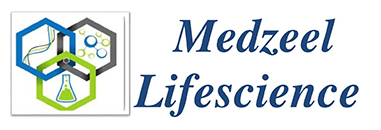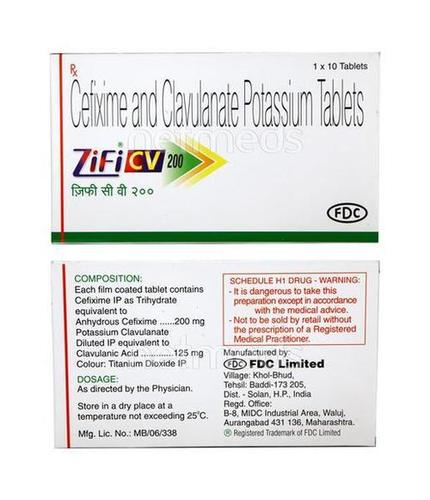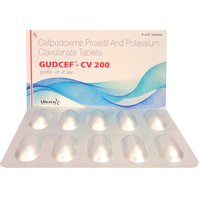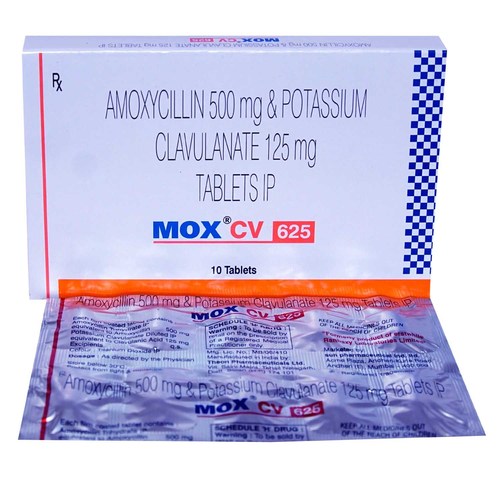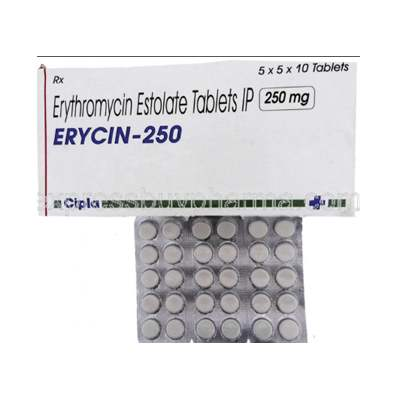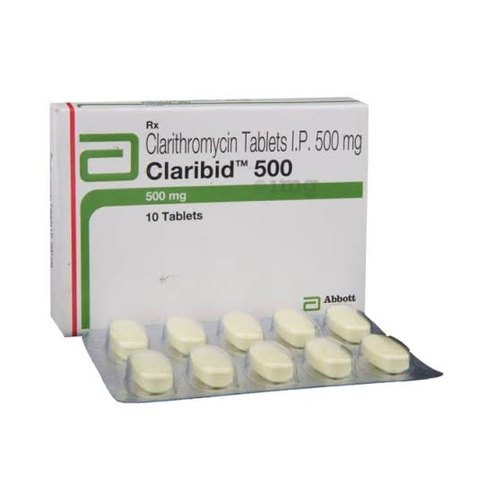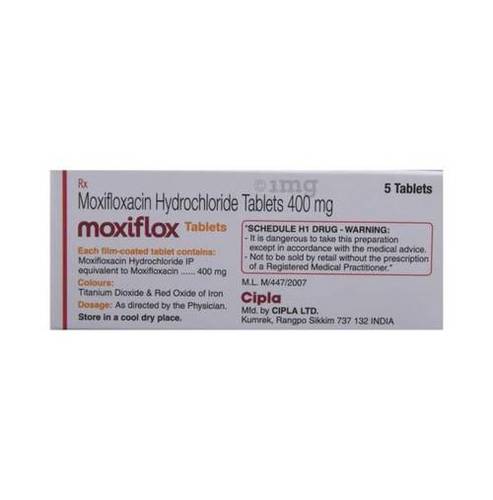Cefixime And Clavulanate Tablet
Product Details:
- CAS No 113-98-4, 3810-74-0
- Appearance Tablet
- Molecular Formula C12H15N3O2S
- Usage Antibiotic
- Medicine Type Tablet
- Storage Store at dry And Cool Place
- Dosage As Per Direction By Physician.
- Click to View more
Cefixime And Clavulanate Tablet Price And Quantity
- 1.00 - 1.25 USD ($)/Box
- 500 Box
Cefixime And Clavulanate Tablet Product Specifications
- 113-98-4, 3810-74-0
- Tablet
- C12H15N3O2S
- Antibiotic
- Store at dry And Cool Place
- Tablet
- As Per Direction By Physician.
- A
Cefixime And Clavulanate Tablet Trade Information
- Nhavasheva Port, Mundra Port, Hajira Port.
- Letter of Credit (L/C), Telegraphic Transfer (T/T), Western Union, Cash in Advance (CID), Cash Advance (CA)
- 10000 Box Per Day
- 5-7 Days
- Yes
- If order is confirmed we will reimburse the sample cost
- Alualu/Blister pack.
- Western Europe, North America, Eastern Europe, Central America, Middle East, South America, Asia, Australia, Africa
- All India
- EUGMP/WHOGMP/GMP.
Product Description
Cefixime And Clavulanate Tablet
Cefixime is a semisynthetic, third generation cephalosporin antibiotic, effective against a wide spectrum of sensitive Gram positive, Gram negative and anaerobic bacterial pathogens including beta-lactamase producing strains. It has high affinity for penicillin binding proteins with varying site of activity.
Clavulanic acid is a naturally derived beta lactamase inhibitor produced by Streptomyces clavuligerus. Clavulanic acid is an irreversible inhibitor of intracellular and extracellular ²-lactamases, demonstrating concentration-dependent and competitive inhibition.
Rationale for combination: Although Clavulanic acid does have some degree of bacterial activity, its principal role is as a beta-lactamase inhibitor. Beta-lactam antibiotics, such as the penicillins and cephalosporins, act by disrupting the development of bacterial cells walls thus causing the disintegration of the bacteria. However, some bacteria acquire the genes to produce enzymes which inactivate this mode of action - so called beta-lactamases - drastically reducing the efficacy of this class of antibiotics.
Clavulanic acid has a similar structure to the beta-lactam antibiotics but binds irreversibly to the beta-lactamase enzymes. Used in combination with the beta-lactam antibiotics, it has become one of the most prescribed antibiotics prolonging the effective life of antibiotics.

